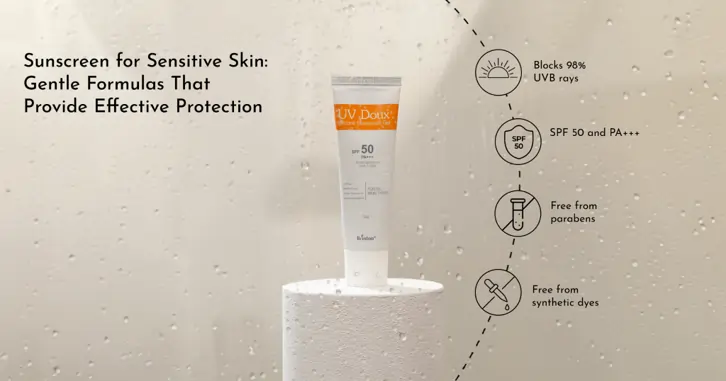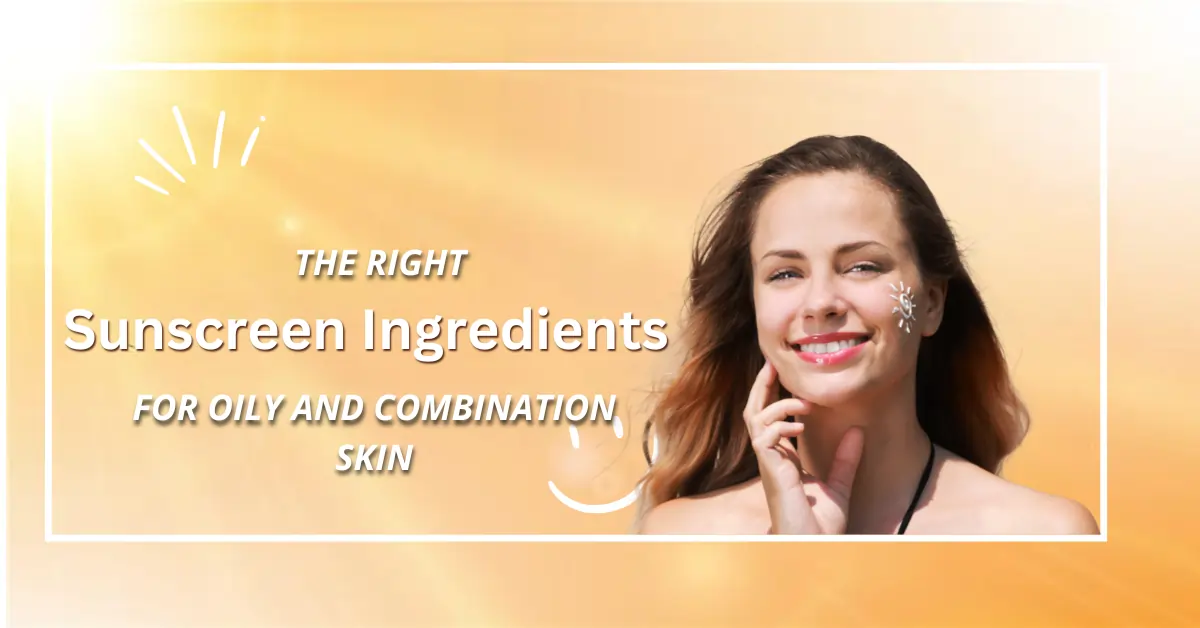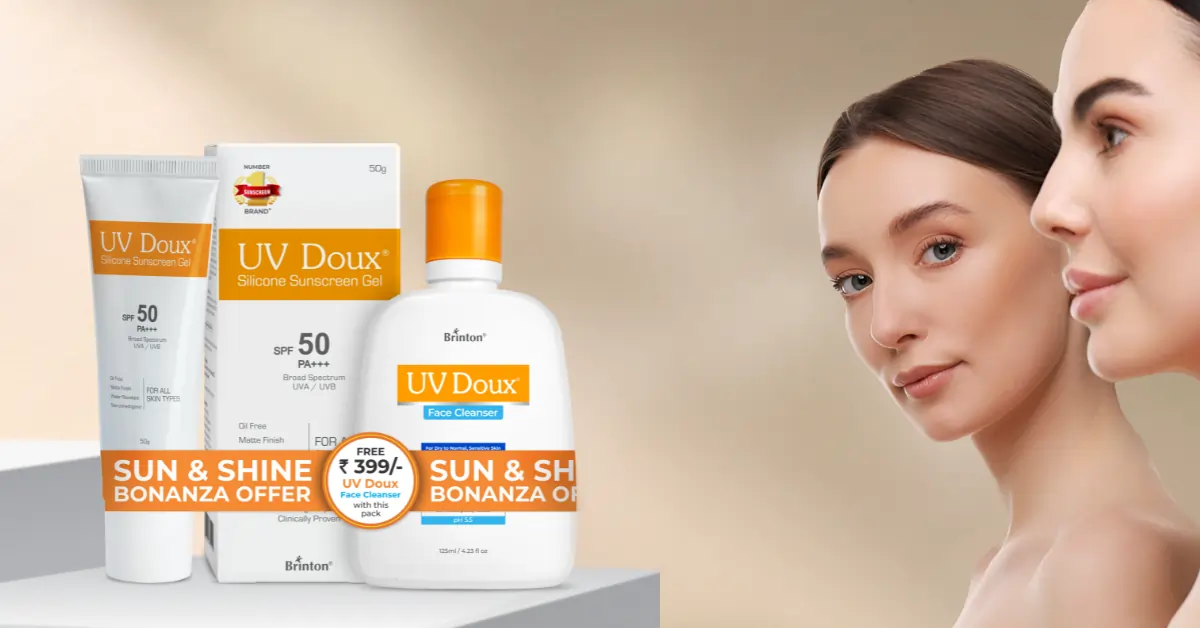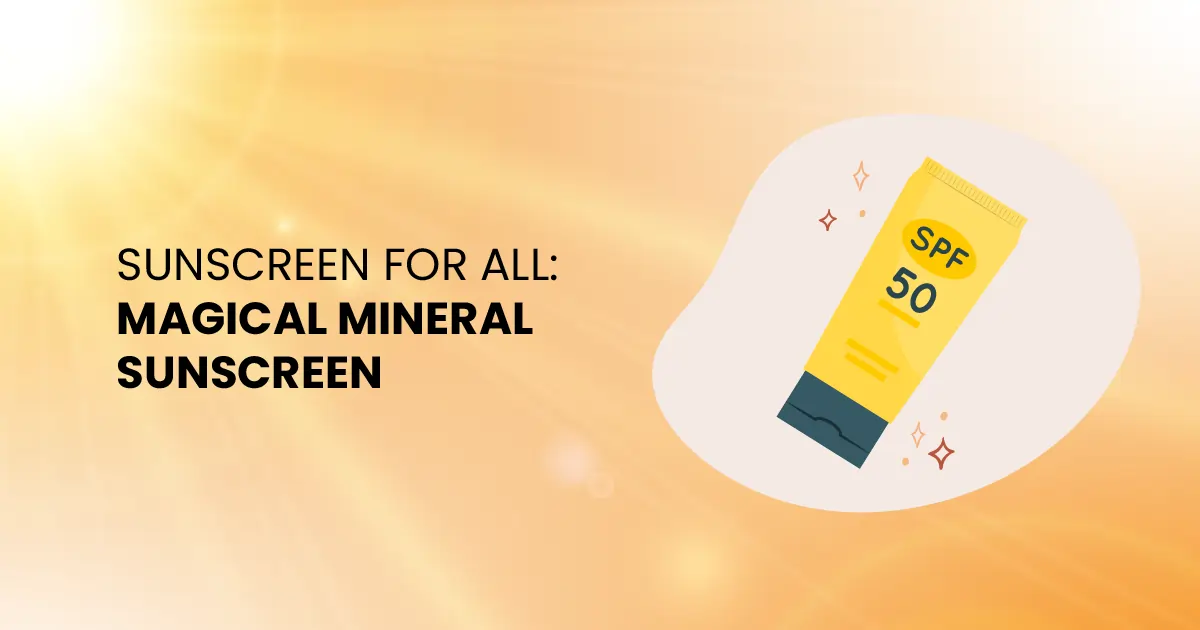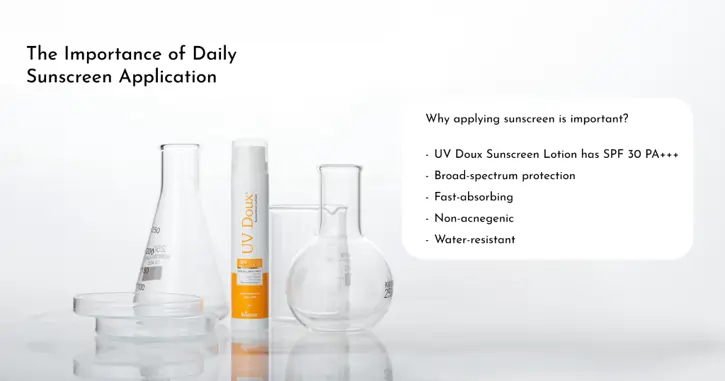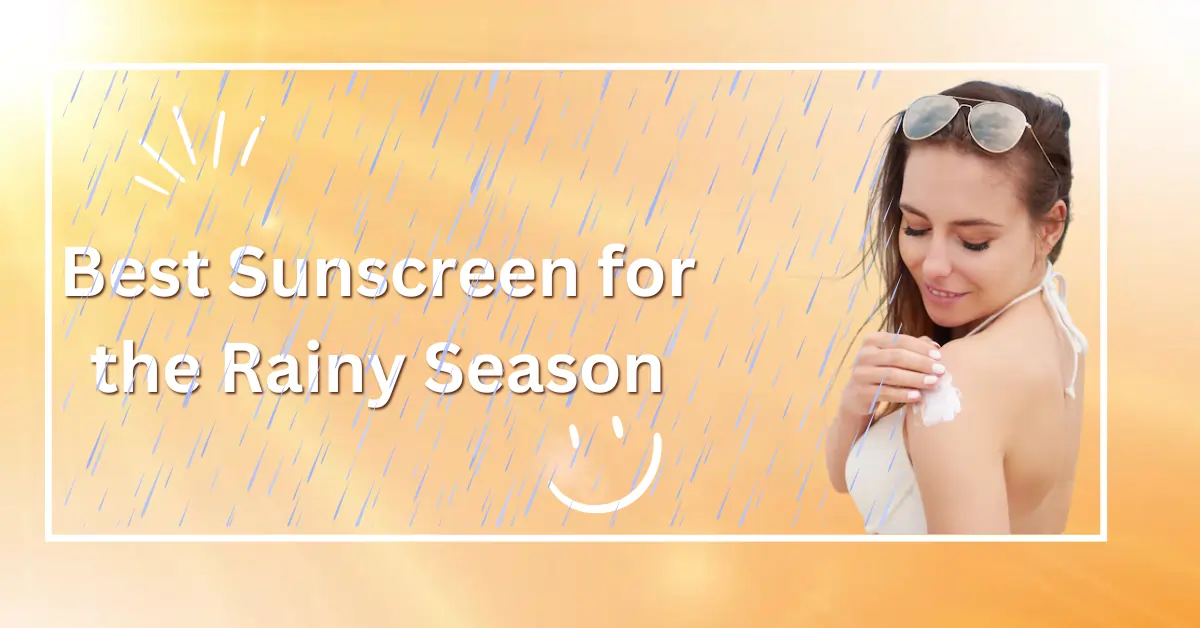
Best Sunscreen for the Rainy Season
When we think about sunscreen, we often associate it with hot, sunny days. However, protecting our skin from harmful UV rays is a year-round necessity, even during the rainy season, as UV rays can penetrate through clouds and cause skin damage. In this blog, we will explore the best type of sunscreen for the rainy season and why it is essential to maintain your sun protection routine, regardless of the weather.
Why Sunscreen is Necessary in the Rainy Season
UV Rays and Cloud Coverage
Despite common beliefs suggesting otherwise, UV rays remain equally harmful on cloudy and rainy days. Up to 80% of UV rays can penetrate through clouds, reaching your skin and potentially causing sunburn, premature aging, and increasing the risk of skin cancer. This makes it crucial to apply sunscreen every day, even when the sun is hidden.
The Need for Water-Resistant Sunscreen
The rainy season often brings increased humidity and unexpected downpours, which can wash away your sunscreen. Therefore, water-resistant sunscreens formulated for the rainy season ensure that your skin remains protected, no matter the weather.
Choosing the Best Sunscreen for the Rainy Season
Non-Greasy Sunscreen
Lightweight and breathable sunscreen formulas are designed to protect your skin without leaving a sticky residue.
Lightweight & Breathable
Most sunscreens for the rainy season are specifically formulated to absorb quickly, offering effective UV protection without clogging pores.
Water-Resistant Formula
Water-resistant sunscreens are designed to remain effective even when your skin gets wet from rain or sweat. Look for labels indicating the duration of water resistance, typically 40 or 80 minutes, to find the best sunscreen for the rainy season.
Types of Sunscreen Formulations
Creams and Lotions
Cream and lotion sunscreens are ideal for those with normal to dry skin. They provide hydration while protecting your skin from UV rays. During the rainy season, a lightweight, non-greasy formula is preferable to avoid feeling sticky or oily.
Gels
Gel-based sunscreens are perfect for oily or acne-prone skin. They are lightweight, non-comedogenic (won’t clog pores), and provide a matte finish. This makes them a comfortable option for humid, rainy weather.
Sunscreen Application Tips for Maximum Protection
-
Apply Generously: Use adequate sunscreen to cover all exposed skin. Most adults need about one ounce (a shot glass full) for full-body coverage.
-
Reapply Regularly: Reapply every two hours or immediately after swimming or sweating.
-
Don’t Miss Key Areas: Pay attention to commonly missed areas like the ears, back of the neck, and tops of the feet.
-
Apply Under Makeup: Sunscreens can be applied under makeup. Tinted sunscreens especially provide a great base while protecting your skin.
FAQs
What SPF should I use during the rainy season?
- Using sunscreen with at least SPF 30 during the rainy season is recommended for adequate protection against UVB rays.
How often should I reapply sunscreen in the rain?
- Reapply often, or immediately after getting wet or sweating, to ensure continuous protection.
Is water-resistant sunscreen necessary for rainy days?
- Yes, water-resistant sunscreen is crucial during the rainy season to ensure that effectiveness and protection remain intact when exposed to rain or humidity.
Conclusion
Protecting your skin from UV damage is essential, regardless of the weather. During the rainy season, choose a broad-spectrum, water-resistant sunscreen with an SPF of 30 or higher. Consider your skin type and opt for a formulation that suits your needs, whether it’s a cream or gel. By maintaining a consistent sunscreen routine, you can keep your skin healthy and protected year-round.
